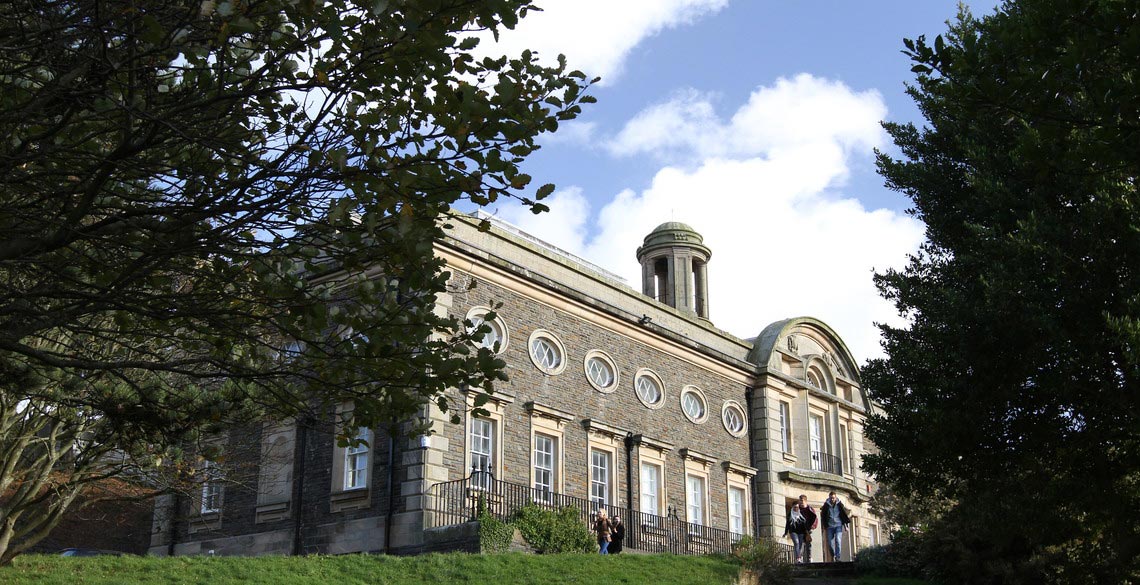Our Facilities

At the School of Art, you will have access to state-of-the-art teaching facilities.
You will be studying art and/or its histories surrounded by works of art from our internationally renowned museum collection. The School and its museum are housed in one historic, Grade II*-listed building - the Edward Davies Building.
The School has spacious, well-lit studios, darkrooms, print workshops, a Mac suite, as well as lecture theatres and seminar rooms. Allowing students to move with ease from one area of study to another and to remain in close contact with the staff, the proximity of the postgraduate working spaces fosters a strong sense of community and cooperation.
We also have a museum, modern galleries, and extensive art archives. At the heart of the teaching programme, these resources express the School’s commitment to serving the interests of the public that come to our student exhibitions.
Within easy reach and used extensively in our teaching, these resources set the School of Art apart from most Fine Art and Art History programmes in Britain. You will be studying art and/or its histories surrounded by works of art from our internationally renowned museum collection.
Unique in Wales, and of international importance, our collections offer primary research material for staff, students and external scholars. Students may gain hands-on experience of exhibition preparation, installation and curation, as well as cataloguing and digitisation of the collections, through opportunities for volunteer work under the guidance of our museum professionals.
The School of Art collections include European prints from the fifteenth century to the present day, as well as drawings, watercolours and photographs. The George Powell collection of books, manuscripts, Pre-Raphaelite drawings and watercolours, bronzes and objets d'art is an invaluable resource for the reconstruction of the worldview of a nineteenth-century collector.
In addition, our collections comprise fine art prints representing the Etching Revival since Whistler, the Gulbenkian Collection of Welsh art, an extensive collection of photography dating from the nineteenth century to the present day, School of Paris prints and contemporary printmaking, as well as some 5,000 illustrations from 1860s periodicals.
Of international importance, the School's ceramics collection comprises some 2,300 examples of contemporary British, European, American, and Japanese ceramics, eighteenth and nineteenth-century slipware, as well as Swansea and Nantgarw porcelain. A major strength of the collection is its representative holdings of early twentieth-century British Pioneer Studio Pottery.
